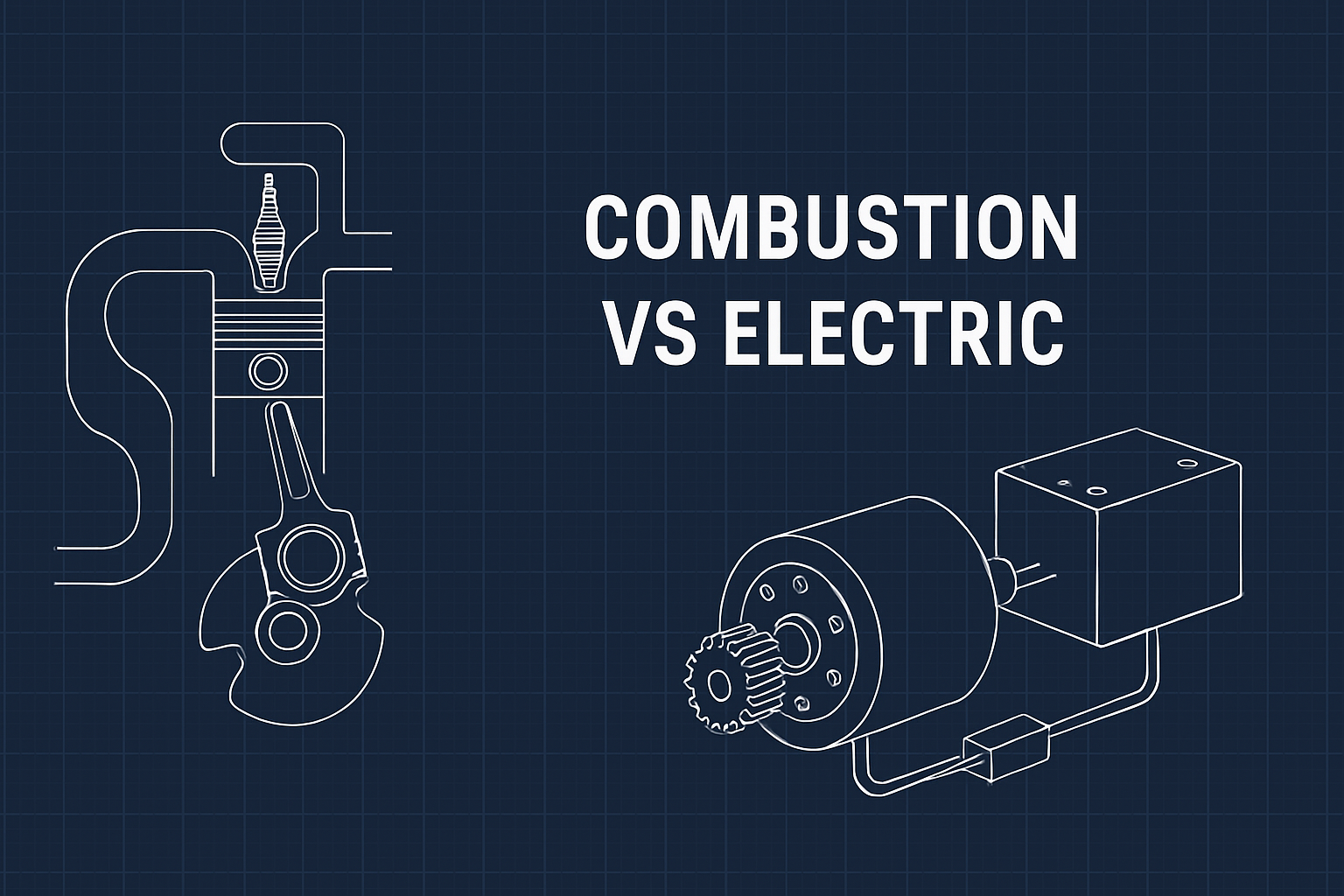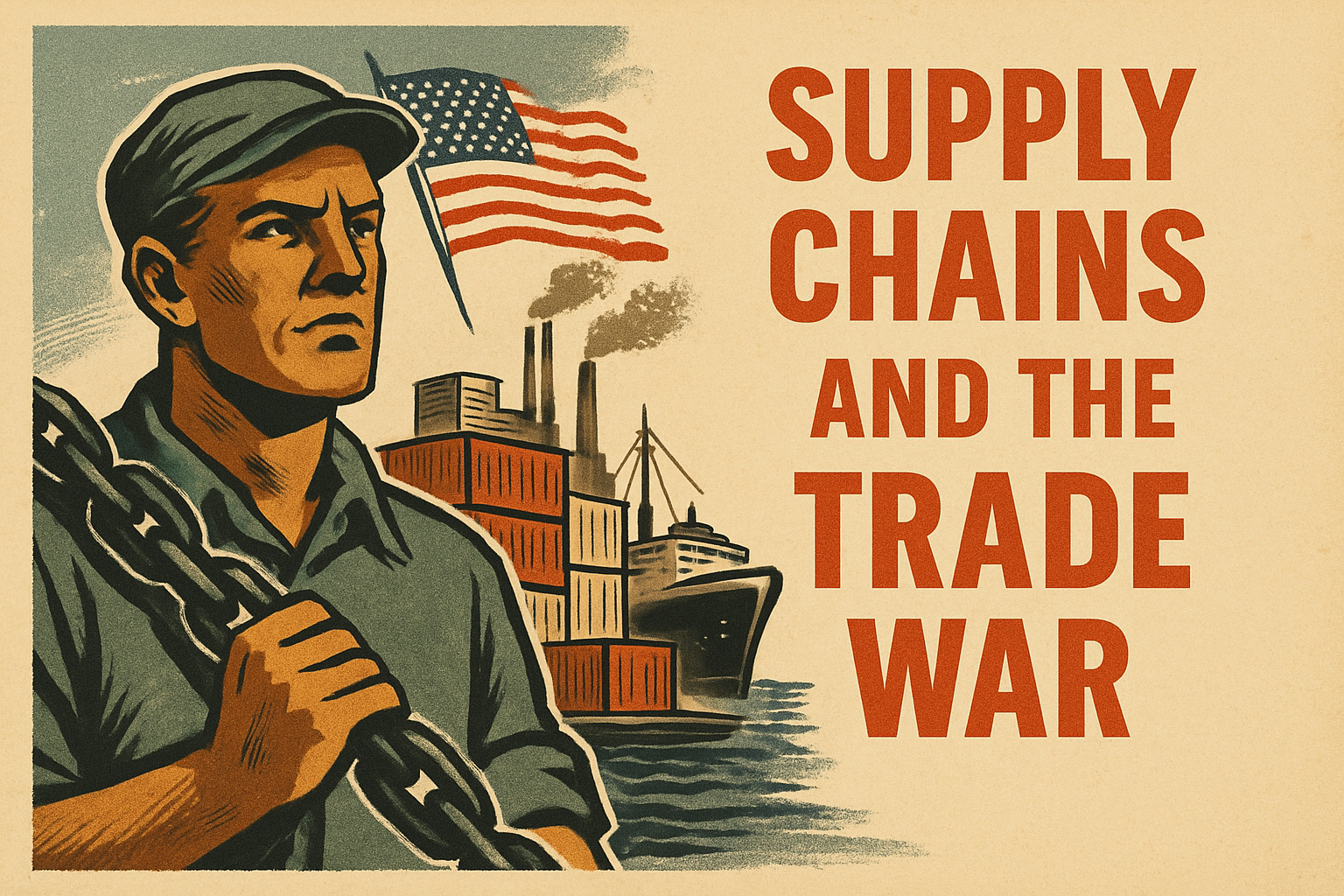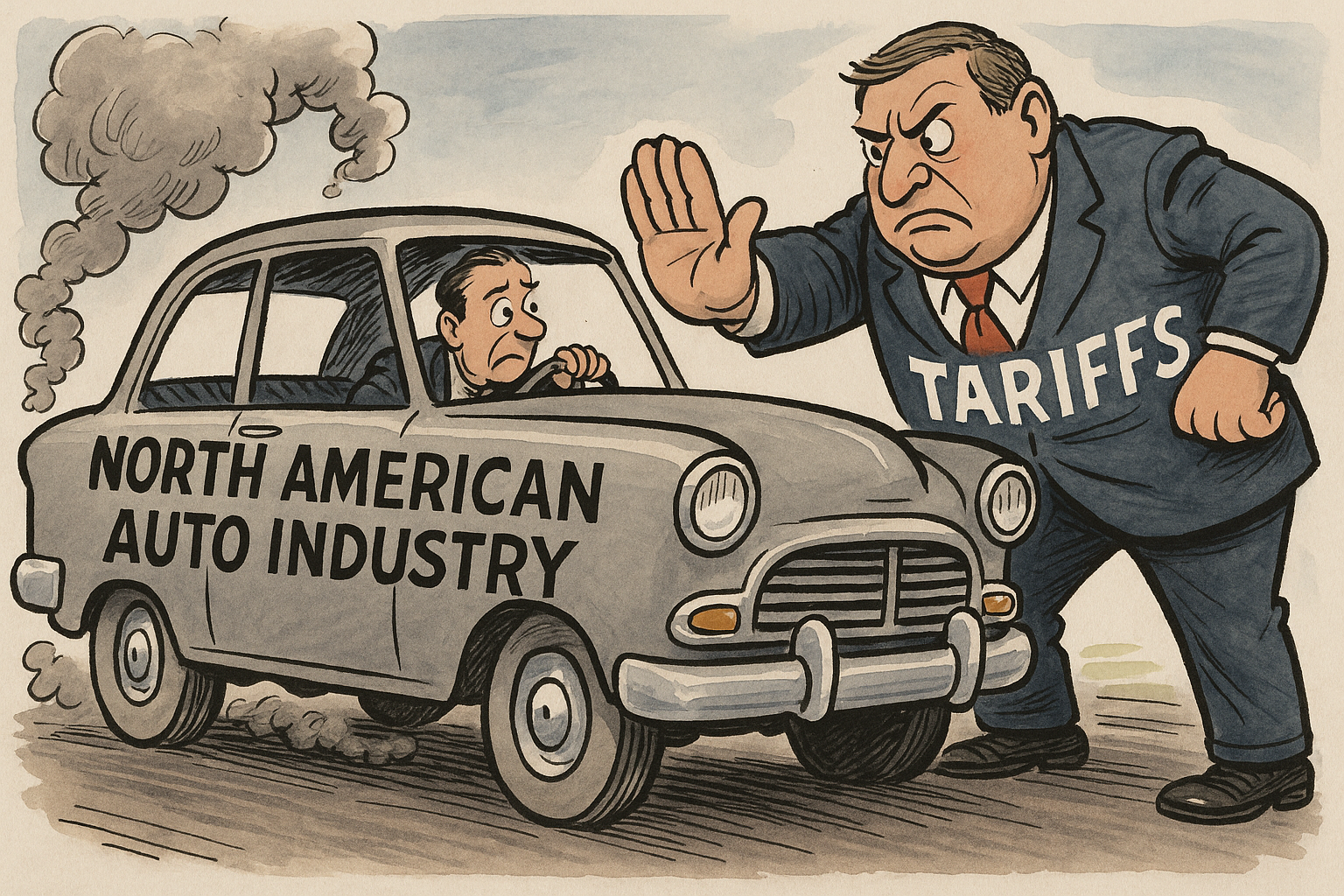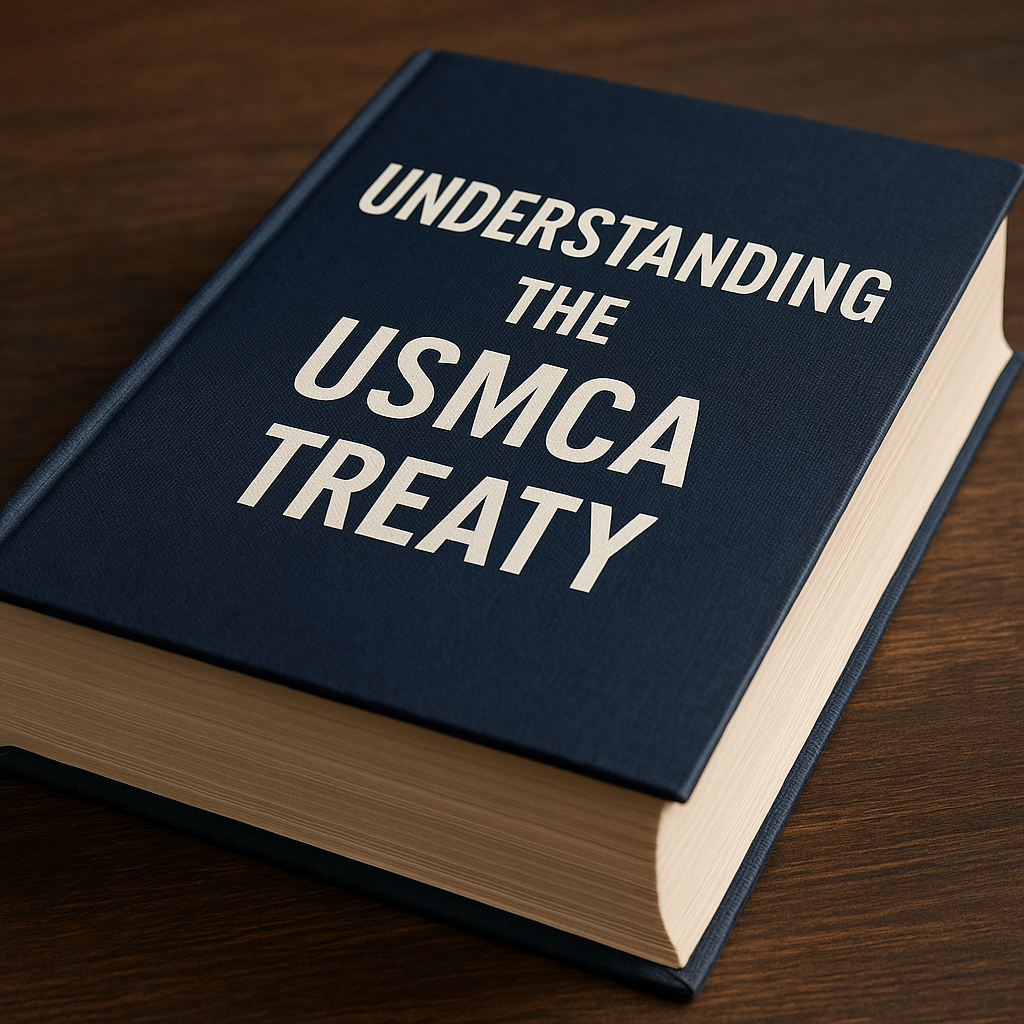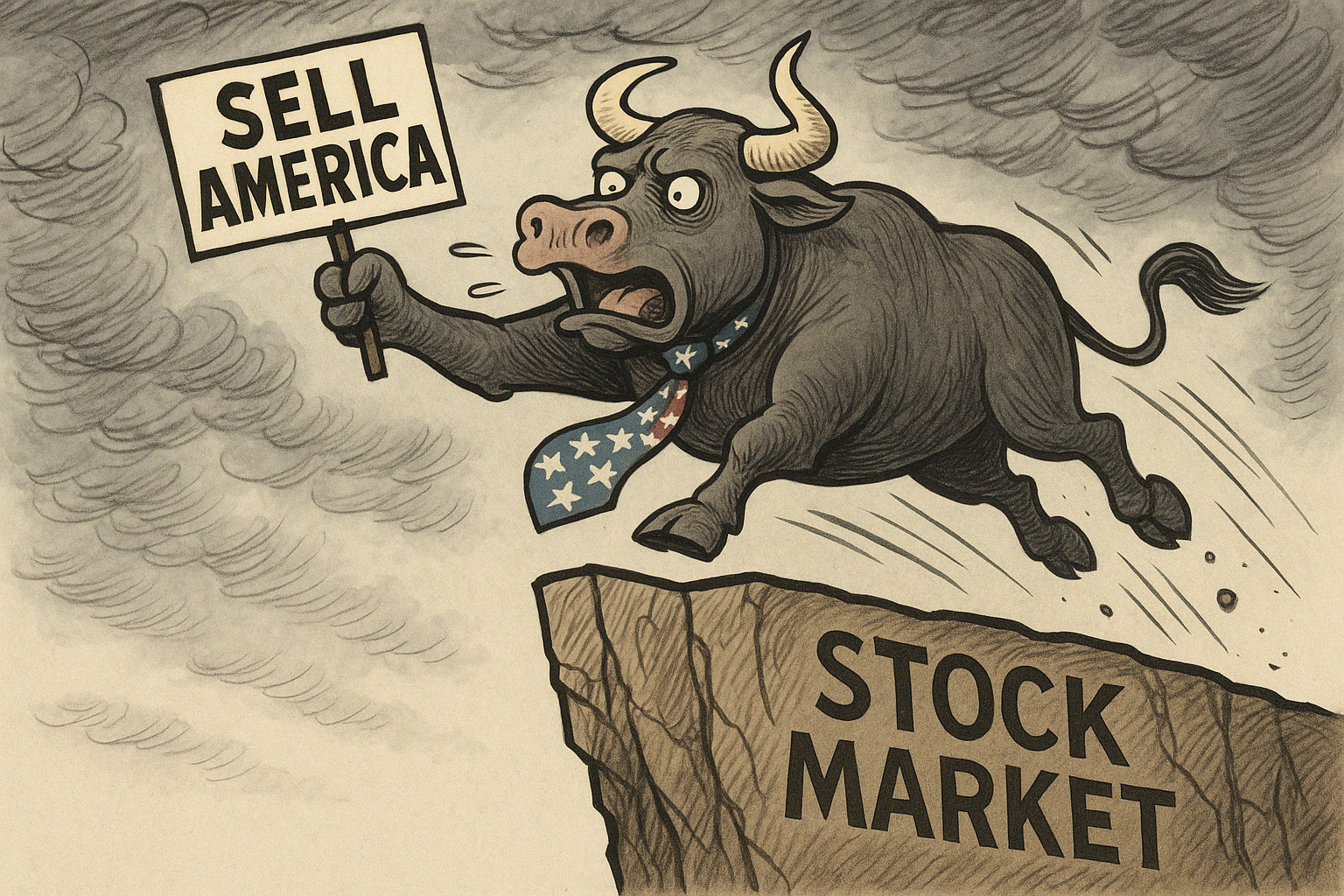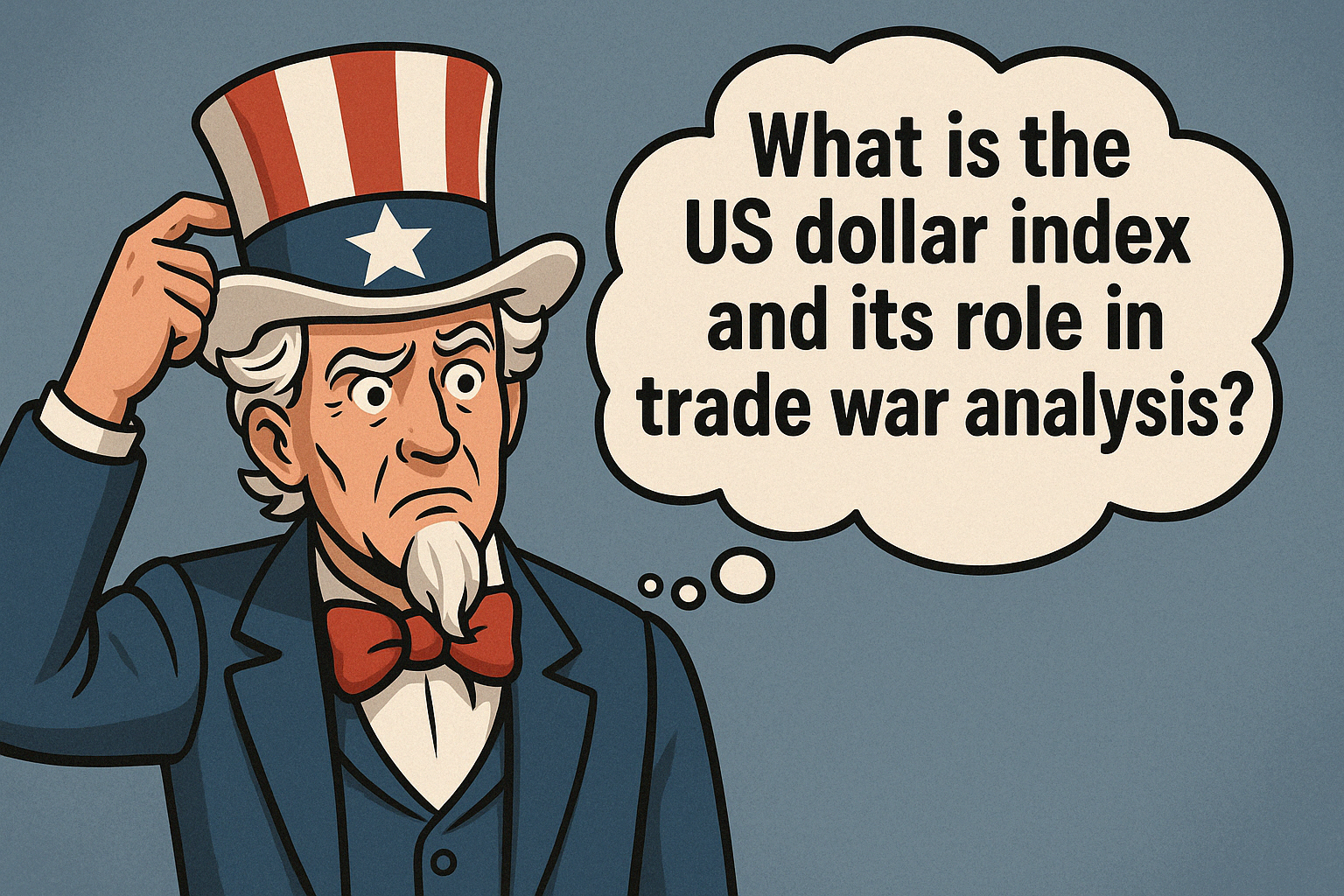The automotive industry is undergoing a broad transformation as electric vehicles (EVs) gain ground alongside traditional internal combustion engine (ICE) vehicles. While both types of vehicles share certain core design and manufacturing principles, they differ significantly in components, manufacturing processes, supply chains, and cost structures. These differences have shaped the evolution of automotive supply networks, investment strategies, and workforce development in distinct ways.
Trade War
This category includes all articles published on the website in chronological order, encompassing the full scope of content across the platform. It features coverage of economic conflicts between nations, including the use of tariffs, sanctions, export controls, and other trade-related measures. Articles span foundational concepts, briefings, reviews, and in-depth analysis, providing a comprehensive view of global trade tensions and their broader economic impact.
Interprovincial Trade in Canada: A Foundation of Economic Integration
Interprovincial trade in Canada refers to the exchange of goods and services between the provinces and territories. Although the country is a single economic union under the Constitution, differences in regulation, licensing, and standards across jurisdictions continue to affect the flow of commerce. This dynamic plays a significant role in shaping economic outcomes for businesses and consumers alike.
Supply Chains Under Pressure: The Hidden Cost of Trade Wars
Modern supply chains depend on cross-border cooperation, long-term contracts, and consistent rules. Manufacturers source parts from a variety of countries, often looking for the most cost-effective and reliable partners. This interconnectedness has allowed products to be assembled with precision and speed, whether it’s consumer electronics, vehicles, or everyday appliances. Components are often shipped thousands of kilometers between multiple facilities before reaching the final assembly point.
The North American Auto Industry: Manufacturing Powerhouse and Supply Chain Network
The North American auto industry stands as a cornerstone of the region’s economy, generating millions of jobs and driving extensive trade across the United States, Canada, and Mexico. Its scope covers vehicle design, assembly, parts manufacturing, raw materials extraction, logistics, and cross-border trade. While auto production has historically been centered in the United States, its reach now spans the entire continent through tightly connected supply chains and trade agreements. The structure and dynamics of the industry reflect decades of investment, regional coordination, and policy evolution.
United States-Mexico-Canada Agreement (USMCA)
The United States-Mexico-Canada Agreement (USMCA) is the trade deal that replaced the North American Free Trade Agreement (NAFTA). It redefined trade relationships among the three largest economies in North America: the United States, Mexico, and Canada. Signed into law in 2020, USMCA introduced updates to several sectors and responded to economic developments that occurred since NAFTA’s introduction in 1994. The agreement reflects changing global trade conditions, including digital commerce, labor standards, and regional content rules.
Interstate Trade in the United States
Trade between the states plays a central role in the American economy. Goods and services regularly cross state lines, connecting producers, consumers, and businesses from different regions in a single national marketplace. This movement of products fuels growth, encourages specialization, and contributes to the overall efficiency of the country’s economic system.
Major Trade Agreements
Global trade agreements shape the flow of goods, services, and capital across borders. These arrangements establish the rules under which countries exchange products, manage disputes, and coordinate standards. Whether multilateral, regional, or bilateral, such agreements influence tariffs, quotas, and trade policies that affect economies worldwide. Understanding the structure and purpose of major international trade agreements provides context for analyzing global commerce.
What Is the International Monetary Fund and Its Relevance to the Trade War
The International Monetary Fund (IMF) plays a central role in the global financial system. It monitors economic trends, offers policy advice, provides financial assistance, and delivers technical support to its member countries. With 190 member nations, the IMF functions as a global monetary cooperation institution, helping to ensure the stability of exchange rates and the broader international financial system.
What is the “Sell America” concern appearing in the media recently?
The “Sell America” concern in recent media refers to a growing trend among investors and traders to divest from U.S. assets—stocks, bonds, and the dollar—due to economic and policy uncertainties, particularly under President Donald Trump’s second term. This shift, dubbed the “sell America trade,” stems from several factors which are explored in this article.
Understanding the US Dollar Index (DXY) and Its Role in Trade War Dynamics
The US Dollar Index, commonly referred to as the DXY, measures the value of the United States dollar relative to a basket of foreign currencies. It is widely used by economists, investors, and policymakers as a reference point to assess the dollar’s performance in global markets. The index is calculated based on a weighted geometric mean of six major world currencies: the euro, Japanese yen, British pound, Canadian dollar, Swedish krona, and Swiss franc. Each of these currencies has a different weight, with the euro carrying the largest share due to its significant role in global trade.

